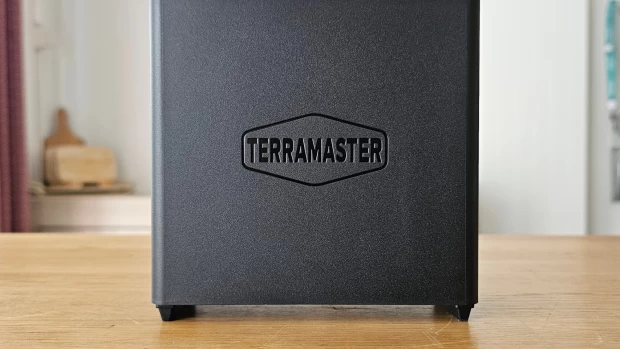7 Days is a weekly round-up of the Editors' picks of what's been happening in the world of technology - written with a dash of humor, a hint of exasperation, and an endless supply of (Irish) coffee.

The weekend is upon us again, and after another action-packed week across the tech world, it’s time to pause, reflect and catch up. So grab a glass of something tasty, get comfy, and join us for a look back at what’s been happening over the last seven days.
Last week’s 7 Days roundup was written just a few hours after the appalling terrorist attacks that took place across Paris, in which 130 people were murdered, and hundreds more were injured. In the days since then, politicians have - with questionable wisdom - turned the spotlight onto the role that technology might have played in facilitating the planning and execution of those attacks, calling for an end to encrypted messaging services, and implementing emergency measures that will allow them to block websites and restrict access to social media.

Earlier this year, global hacktivists Anonymous declared ‘war’ against ISIS in the wake of the deplorable attacks against journalists at French publication Charlie Hebdo, and in the aftermath of last week’s atrocities, it promised this week to renew its offensive against the militant jihadist group. Anonymous directly addressed the “vermin who kill innocent victims”, committing to using every tool at their disposal to ‘hunt them down’ by targeting websites and social media believed to be used by ISIS, and exposing its members and supporters.
And already, their efforts have yielded results. Just a few days later, Anonymous had succeeded in bringing down thousands of ISIS-associated Twitter accounts, as well as one of the main online forums used by the terrorist group. But as one researcher specializing in Islamic State pointed out, while this will certainly be a blow to the group, they remain resourceful, and will no doubt find ways to rebuild their communications network.
But while the dark cloud of the attacks and the subsequent fallout continues to hang over us, the world keeps turning, and life goes on – and indeed, there’s been much more happening across the tech world in recent days.

Over in Japan, for example, things have been going pretty badly for Sharp, one of the big household names of the 1980s and early 90s; from TVs and VCRs to radios and record players, there was once a time when you didn’t have to go very far to find one of its machines.
But how the mighty have fallen. This week, it emerged that Sharp has been encouraging its own staff to buy its products in a desperate bid to help boost its flagging sales, or – in the words of one executive – to help it “weather this extreme difficulty”. Staff are being offered a 2% discount on purchases to… erm, sweeten the deal.

Over in the UK, a 15-year-old boy was charged on Monday with five offences related to a series of cyber-attacks targeting websites around the world, as well as fake bomb threats made against US-based airlines on social media.

And in Finland, there was sad news on Friday for both fans and employees of Jolla. The company announced that it will “temporarily lay off a big part of its personnel”, as it sets up a new debt restructuring deal in an effort “to get out of this death valley” in which it now sits, in the words of its chairman and co-founder Antti Saarnio.

If you use Google Photos on an Android device with limited storage, the app can now help you out with that. A new opt-in setting allows you to save local storage by automatically deleting photos on your device that have already been backed up to the cloud.

The LG G3 was the very first device in the world to get Android 5.0 Lollipop last year. While its successor, the G4, was the first non-Nexus device to get the latest Android 6.0 Lollipop this year, the G3 is expected to get that update soon.

OnePlus outlined plans this week to upgrade its three devices to Marshmallow, but it won’t be happening until next year. Bizarrely, the company’s newest handset – the X, which it launched just a few weeks ago with Android 5.1.1 – has no estimated delivery window for the Android 6.0 upgrade.
.jpg)
Meanwhile, OnePlus came under fire this week from a Google engineer, who said the OEM was using non-standard resistors in its USB Type-C cables and adaptors, warning people to avoid using them with other devices, due to the possibility of damage to USB hubs, chargers, and even PC USB ports.

Last Sunday marked the end of an era, as Microsoft’s Zune music services were finally killed off and sent to the great Recycle Bin in the sky.

But Microsoft has its eyes set firmly on the future with its new HoloLens headset, and on Friday, it announced a partnership with Swedish automotive giant Volvo. The collaboration – to explore how HoloLens could improve the process of buying a car – is the latest example of Microsoft’s efforts to consider how its augmented-reality holographic headset could transform familiar experiences for consumers and businesses.

Microsoft released a slimmed-down version of Windows 8.1 earlier this year, designed for low-power Internet of Things devices, launching its first preview of the OS on Intel’s Galileo boards. But this week, the company revealed that it is terminating support for Windows on Galileo, and the newer Galileo Gen2, at the end of this month, recommending that users migrate their existing projects to Windows 10 IoT Core running on Raspberry Pi 2 hardware.

Microsoft rolled out its latest Technical Previews (v4) of Windows Server 2016 and System Center 2016 on Thursday…

…just a couple of days after releasing Windows 10 Enterprise version 1511 – the first major upgrade for the OS, known also as the ‘November update’ – to Volume Licensing customers.

Speaking of the November update, Microsoft caused an astonishing amount of confusion this weekend, when it suddenly - and without explanation - pulled the update from its Media Creation Tool, which facilitates ISO-based installation of the OS. The bizarre decision came just nine days after Microsoft had recommended the Tool to its users.
Apparently, the company just assumed that no-one would notice, since it offered no explanation to users until pursued by journalists - and even then, its statement was far from satisfactory. Microsoft now says that you'll have to upgrade to the November update/Version 1511 via Windows Update - and if you want to perform a clean install, the Media Creation Tool will only offer version 10240, the 'original' version of Windows 10, which was first released in July.

Microsoft had previously released a further cumulative update for Windows 10 on Thursday, bringing a rollup of minor fixes, and bumping the build number up to 10586.11…

…which includes fresh traces of the next major updates to Windows 10, being developed under the internal codename ‘Redstone’, and identified as the ‘rs1_release’ branch.

Microsoft also released Windows 10 Mobile Insider Preview build 10586.11 to the Fast ring on Wednesday, followed very quickly by its availability for those on the Slow ring. This release is expected to be the very last pre-launch preview build before the OS begins its official rollout.
And for those who follow build numbers very closely, a bit of trivia for you: with 10586.11, Microsoft now has the same Windows 10 build in place on PCs, phones and the Xbox One.

By the way, remember Microsoft’s plan to allow Android device owners to install Windows 10 Mobile onto their devices? Don't worry - no-one would blame if you had.
Earlier this year, it teamed up with Xiaomi to develop this idea further on the Chinese manufacturer's Mi 4 Android handset, and it seems the first public release for that device could arrive before the end of the month.

One of the most exciting features in Windows 10 Mobile is Phone Continuum. By plugging your handset into the (optional $99) Display Dock, you can then connect it to a monitor or TV, and to a mouse and keyboard, effectively turning the device into a mini-PC, complete with a desktop-style interface and Start menu.
However, there are limitations to Continuum mode – you can only run Universal Windows Apps (i.e. not older apps designed for Windows Phone 8.1), and of course, there’s no support at all for older Win32 desktop apps. But that could change – Microsoft said this week that it is investigating the possibility of adding that support to Windows 10 Mobile in the future.
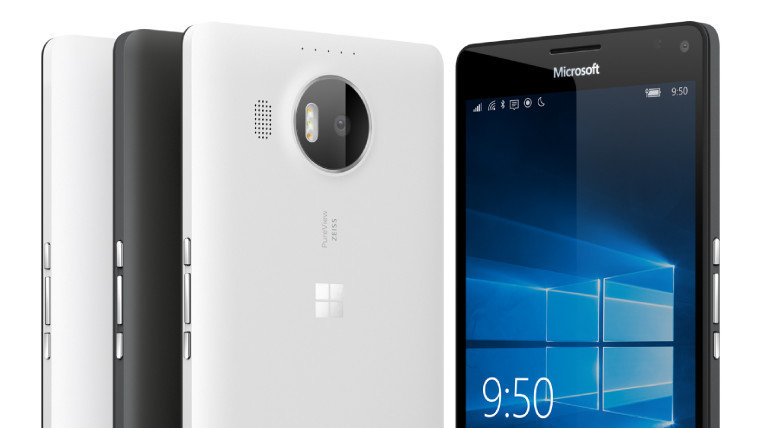
Pre-orders opened earlier this week in the US for Microsoft’s new Windows 10 Mobile flagships. The Lumia 950 XL can be pre-ordered via the Microsoft Store with shipments beginning on November 25; and the 950 is now officially available via the Store, and on AT&T – the only carrier to support the device there.
Meanwhile, in the UK, Amazon dropped its pre-order pricing for both handsets this week. That means that Amazon is undercutting the Microsoft Store's pricing for the new flagships by up to £60.

Microsoft has invited Windows Insiders in the UK to join in the launch celebrations for the new Lumia range-toppers on December 2 in London and Manchester. Those who attend will be able to purchase an exclusive retail pack, including a free Display Dock for Phone Continuum, and a free one-year Office 365 Personal subscription.

Way down at the other end of Microsoft’s mobile range, the Lumia 435, which launched in the UK for just under £90 back in February, is available now for just £29.99 off-contract, making it one of the most affordable smartphones ever in the UK.

“We are the 3%” has become a common cry from the small but dedicated band of Windows Phone fans around the world, given that the platform’s market share has stagnated at around that level for some time. But if you were in any doubt about just how poorly Windows Phone has been performing compared with its more successful Android and iOS rivals, consider the latest figures from independent market analysts Gartner, showing that Microsoft's mobile OS now has just 1.7% global share.

The app-gap on Windows Phone – which, let’s remind ourselves, Microsoft declared would no longer be a problem by the end of 2013 – continues to be a problem for the platform. The company proposed a solution to help span that gap earlier this year, with new ‘Bridges’ to help Android and iOS developers easily convert their software into Universal apps for Windows 10.
Its efforts on the Android front have, by all accounts, been a disaster – indeed, last week it emerged that the release of that toolset has been delayed indefinitely. But things are much more positive for the Windows Bridge for iOS, known also as ‘Project Islandwood’. Microsoft delivered an update on its progress with Islandwood this week, discussing some new goodies on the way.

Microsoft released a new version of its Bing app for iPhone on Wednesday, which it said has been ‘rebuilt from the ground up’. Neowin reporter Timi Cantisano published an overview of the app, including a gallery and some first impressions after getting an early preview.
And I had the opportunity to speak with Ryan Gavin, Microsoft’s General Manager of Search, to discuss the changes and the thinking behind its redevelopment. The new app also marks the first appearance of a Bing brand refresh, ditching the familiar gold/yellow coloring in favor of a teal/green design.

Apple CEO Tim Cook reiterated that the company has no plans to follow Microsoft in unifying its mobile and desktop operating systems, stating that “customers are not really looking for a converged Mac and iPad”.
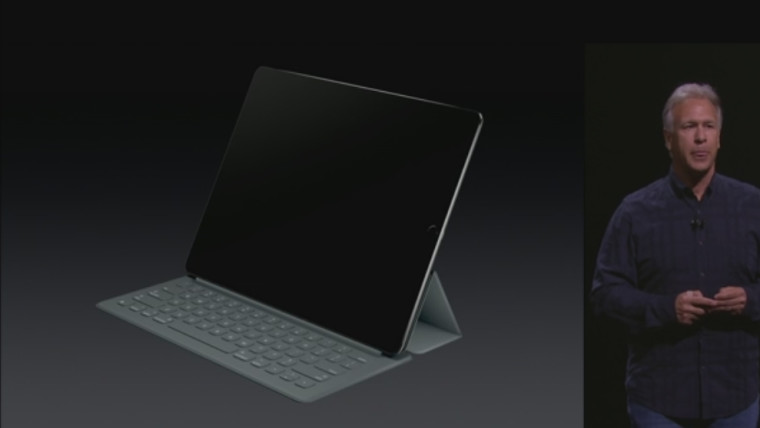
Owners of Apple’s new iPad Pro have been complaining of a very frustrating issue over the past week, which caused the device to freeze while charging, making it impossible to use it again without a reboot. Apple has since acknowledged the issue, but has offered no indication of when a fix might be available.
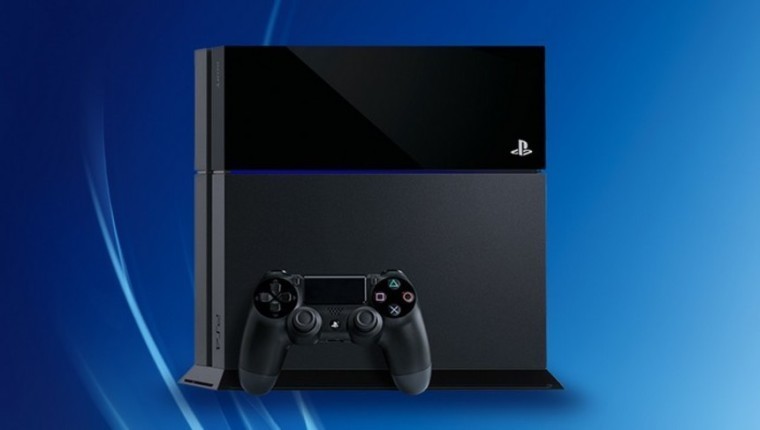
Microsoft rolled out backward compatibility to its Xbox One this month, allowing owners to play games originally designed for the Xbox 360 on the newer console. Sony has now confirmed that it’s working on emulation for PlayStation 2 games on its PS4.
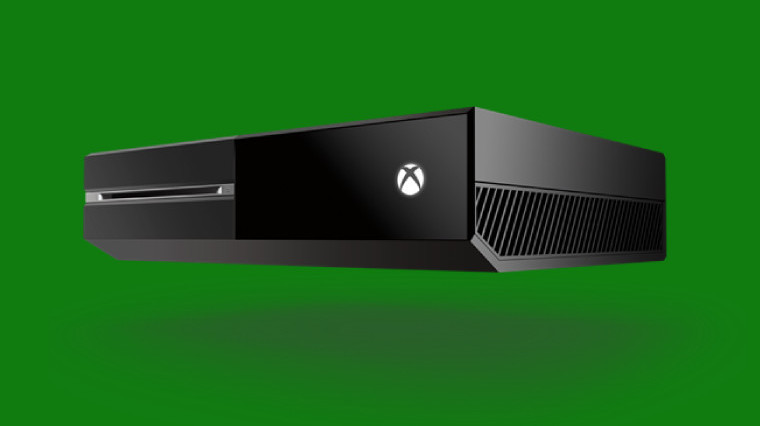
Sony cut its PS4 prices around the world last month, including in the US, where it’s now available for $349. But on Friday, Microsoft announced a range of Black Friday deals ahead of the holiday shopping season, including a price cut for its Xbox One, which will be priced from just $299.

Other deals include the impressive Lumia 640 for just $29.99, savings on a range of PCs including Microsoft’s own Surface Pro 3, and ’10 Days of 10 Cent Deals’, offering apps, games, movies and music for just $0.10.
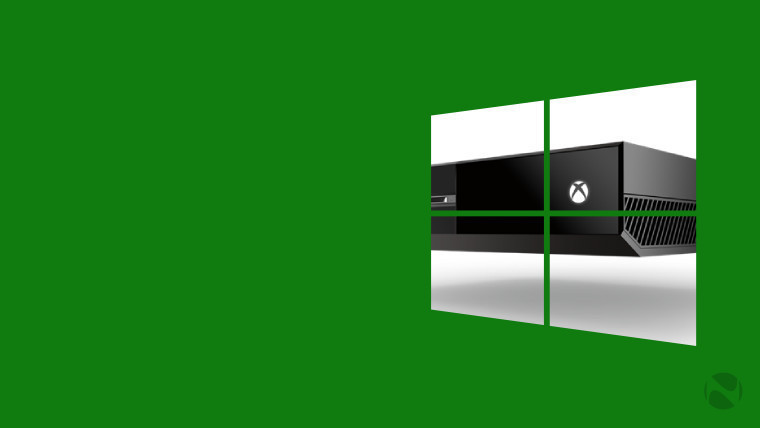
Microsoft’s Xbox app on Windows 10 picked up a welcome update on Thursday, bringing various new features, including a Facebook friend finder, the ability to easily record voiceovers in Game DVR clips, and more.

But there was bad news for Valve’s Linux-based SteamOS platform, which it specifically designed for gaming. Unfortunately, as things stand, it seems to be a bit of a stinker so far – an independent review found that gaming performance on SteamOS was “significantly worse” than when running Windows on exactly the same hardware.

Neowin editor Christopher White put one of the first SteamOS devices through its paces in recent weeks, publishing his in-depth review of the Alienware Steam Machine on Monday. Sadly, his experiences were… well, I won’t say anything more – be sure to read his review for yourself!

And reporter Timi Cantisano published his review of the Onda V820W, an 8-inch Windows 10 tablet, priced at just $100. On paper, it ticks a lot of the boxes you’d expect of a device in that price range – but is it any good?

As our journey through this week’s tech highlights comes to an end, let me just squeeze in a reminder that we’re currently offering our readers a free eBook, “An Introduction to Windows 10 Security", worth $24.95. That offer will only be available until November 24, so don’t wait too long to grab it!
The week ahead
The Lumia 950 XL will be officially released in the United States on Wednesday, and along with its smaller sibling, the Lumia 950, it will also launch in Germany next Saturday. We’re also expecting to hear about Microsoft’s launch plans for the devices in other markets in the days ahead.
And of course, next Thursday is Thanksgiving in the United States – and that means there’ll be a ton of Black Friday tech bargains to look out for. Microsoft has already announced the deals it’s got lined up, but we’ll bring you highlights of some of the other top deals worth a look throughout the week.
And along with the usual mix of official news, juicy rumors, and intriguing insights, it should be another exciting week!
As ever, there’s plenty more to read across the site – including loads of interesting discussions over on our forums. From all of us on the Neowin team, have a great weekend!












